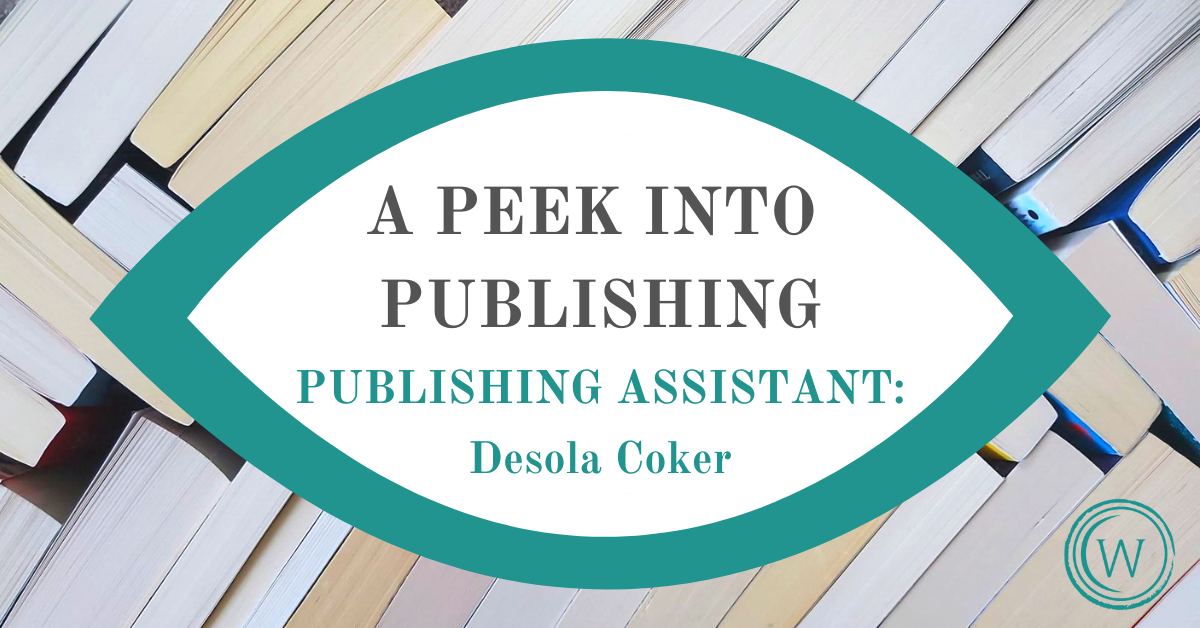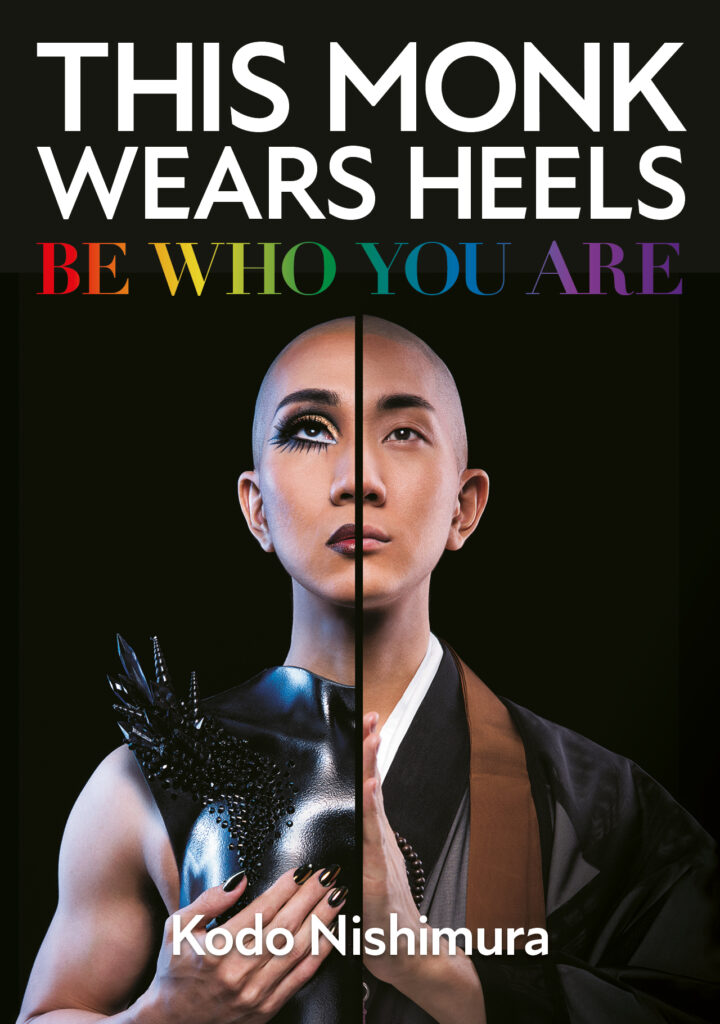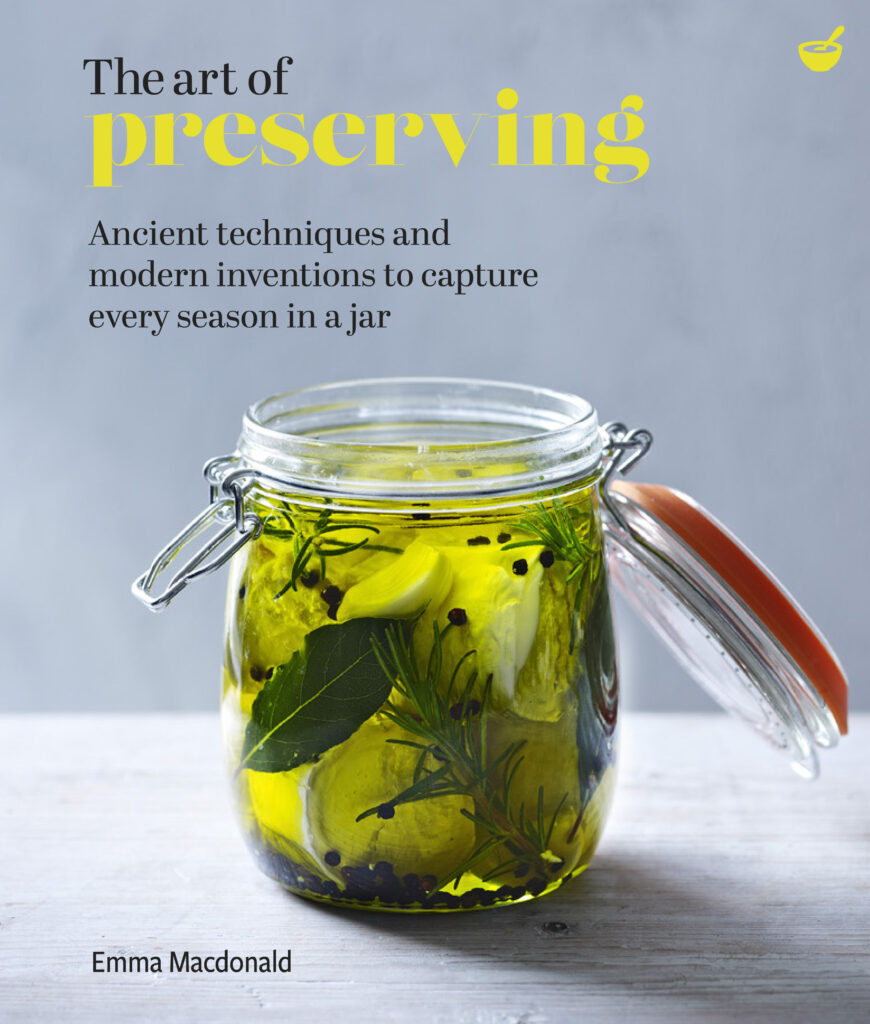We’re very aware that publishing hopefuls often write hundreds of cover letters and CVs, and can never hear back about the publishing applications they submit.
Our senior team have hired two entry-level positions within the last year and we thought we’d ask them to sit down and offer application tips, feeding back on the good and the bad throughout the process – what stood out, what not to do and what they were specifically looking for.
Fiona Robertson is Publisher here at Watkins and she hired a new Editorial and Audio Assistant last October.
Laura Whitaker-Jones is our Marketing and Publicity Manager and she recruited a new Publicity Assistant in January.
Collectively, they looked through more than 1,500 applications across the two roles, so we asked them how they narrowed down the pool from application to interview. We hope you find some insight below that helps you with your own publishing applications. Remember, each hiring manager is different, as shown by Fiona and Laura’s answers, but some tips are universal.
Can you tell us a bit about the application process you created.
Fiona: I was looking for an Editorial and Audio Assistant to fill the gap created when the previous employee moved on in their career. We advertised for the position last August on LinkedIn, the IPG website and in The Bookseller, leaving the advert open for one month.
A huge number of applications came in – almost a thousand! Our Sales and Marketing Director (now our Deputy Managing Director) did a pre-filter of the LinkedIn applications, and the Editorial & Audio Manager and I did a pre-filter of the rest. This involved scanning for a number of things which I mention below.
Laura: In October 2020, I advertised for the position of Publicity Assistant on social media, the Watkins website and LinkedIn. I found the most impactful way we reached candidates was through the post being shared in the Publishing Hopefuls Facebook group. Unlike when I hired my Marketing Executive the year prior, I didn’t use an agency because I didn’t have a specific candidate in mind. Instead, I was just looking for a new, innovative voice who was willing to think outside of the box of a traditional book campaign.
I received over 500 applications for the entry-level role and screened and read the CVs and cover letters for each one myself. I immediately rejected the applicants I knew I wouldn’t progress and saved those I wanted to take a second look at once the closing date had passed.
How did you narrow down the applications?
Fiona: We created a longlist, then narrowed this down further to the interview shortlist. Initially I scanned each application looking for any obvious ticks, as well as – and this was much quicker and easier so beware – anything that stood out as negative for the role. For example:
- Typos: a huge no-no in publishing applications for an editorial job. If the would-be Editorial Assistant can’t spot a typo in their own CV, how can they spot it in a proof?
- Unprofessional layout: our list includes lots of beautifully presented illustrated books, so a good visual sense is key.
- Relevant experience: We don’t require previous publishing experience for entry-level roles, but any relevant experience, such as working as a bookseller or in an office, is great.
- Evidence of interest in books: It’s a cliché but you need to be into books to make a good book editor.
- Evidence of interest in our field: applicants who showed some personal interest in wellbeing and mind-body-spirit (MBS) immediately stood out. Some people seemed to be applying to every job they saw (for some reason this role had a lot of applicants who, reading between the lines, actually wanted to become fashion journalists!).
If there were any immediate red flags, I moved onto the next CV. With so many applications, it was important to get on quickly with identifying the top candidates.
Laura: I created a longlist, then narrowed this down further to a shortlist. Any person with a cover letter who didn’t even mention the job opening (which clearly indicated that they were applying for any generic job, rather than the specific one on my team) was immediately rejected. Also, if an application had a misspelling, I immediately rejected it — you can’t imagine the number of applications I received that had misspelled words in them.
Always check and double check your applications for grammatical errors!
What do you expect to see from a good CV?
Fiona: A short CV is a wondrous thing. When you have to look through nearly a thousand CVs, one page is ideal, two is just about OK, but three is definitely too much. Be clear and brief. It’s such a long process and everyone is busy – try to make it easy on the hiring manager reading your application.
Sometimes people over-design their CVs in an attempt to stand out. Don’t do this unless you’re applying for a job as a designer. Hiring managers don’t want to have to waste time trying to extract information or figure out what the graphics mean. We just want to grasp the key info as quickly as possible. Make sure the layout is clean and tidy – no misaligned paragraphs, uneven tabbing or inconsistent mix of hyphens, en-dashes and em-dashes, for example. And, I’ll say it again, definitely no typos!
To help the hiring manager, I’d recommend highlighting your relevant skills and experience. It doesn’t matter how you do that, just make sure it’s clear and easy to understand.
Laura: I also looked for CVs that presented qualifications in a very easy-to-digest manner. While a highly designed CV is always attention-grabbing, if I can’t easily find the qualifications that I’m looking for, then I’m going to disregard the CV quickly.
I also looked for candidates to share a bit about themselves in their CV – for example, listing “hiking the Grand Canyon” as a personal interest – as it always makes them stand out. Remember, hiring managers are looking for specific elements in your CV, but when you take the time to add a bit of personality, you become more memorable. I cannot tell you the number of times I saw two CVs that expressed similar levels of experience, but I chose to progress the person with a CV that listed something interesting personally about themselves over the candidate who did not.
What makes a cover letter stand out?
Fiona: I believe there’s such a thing as a natural editor, and it’s rare to find. When I was reading the cover letters of the applicants who’d passed the CV scan, I was looking for someone with instinctive self-editing skills, who could write fluently, concisely and intelligently – if you can write well, you’ll be able to assess other people’s writing.
I was also looking for people who were interested in working in wellbeing publishing and specifically in working at Watkins, rather than just wanting to get into any old sort of publishing.
Laura: While I look through CVs to see what kind of experience a candidate has, I’m much more interested in their cover letter. I feel that one’s cover letter is an opportunity to stand out from other publishing applications, and I strongly urge anyone reading this to really put the time and effort into making a cover letter personal to the job you are applying for. For example, cover letters that cited recent books from the Watkins/Nourish list made it to my “interesting potential candidate” pile, whereas cover letters that were clearly formulaic were put in my “pass” pile.
The successful candidate had a great cover letter, which was personally addressed to me and not to “the hiring manager”. This is such a small piece of information you can find out online that makes the cover letter more personable (most publishers will respond on social media if you ask who to direct the cover letter to). Our newest Publicity Assistant discussed her interest in women’s health and how she was particularly excited that we had recently published The Happy Menopause. She engaged with our list and spoke to how different MBS non-fiction titles had made a big difference in her life, and why she was eager to work at Watkins and Nourish specifically.
What made you reject an application on the first round of looking at it?
Fiona: As I said before, the big ones were typos and design laziness. Attention to detail is key in everything an Editorial Assistant does, so I expected the CV and cover letter to be perfect. I’d definitely recommend asking multiple people to proofread your application before sending it off.
A lot of applications also weren’t specific to mind-body-spirit books, or even non-fiction. It was very clear who had cut and pasted content from other publishing applications.
Laura: Similar to Fiona, I immediately rejected any application that didn’t mention Watkins or Nourish. Several applicants didn’t tailor their CV or cover letter to our company, which made me think they’d used the same application for multiple different companies. There were also a few CVs that came in without any cover letter at all, which I immediately rejected.
When you’re applying to so many publishing jobs, it’s hard to read a book for every imprint. If applicants haven’t read a Watkins book yet when writing their cover letter, what do you recommend they do to show company research and knowledge?
Fiona: Of course you don’t need to have read a book by the publisher in question every time you apply for a job. If you’re trying to break into the industry with multiple applications, you’ll end up with no time for reading the books you genuinely want to read. Look at the website, social media accounts and Amazon listings to see what we’re publishing and what’s selling and reviewing well. Then you’ll be able to talk about, say, the jackets, content or authors that appeal to you.
I also loved it when candidates said they practised yoga or mindfulness, which showed they’re engaged in the areas we’re publishing, even if they haven’t yet read our yoga books.
Laura: I agree with Fiona. Another great way to see the books a company is publishing is by looking at their recent catalogue on their website – most publishing companies will have one. It’s very important and very easy to download and read. Folks can easily show company research and knowledge just by spending some time looking around a publisher’s website.
I also recommend visiting your local bookstore and looking for what books from an imprint or company are carried in store versus online. Anything carried in store is usually a lead or very important title to a publisher, and always worth mentioning in an interview.
A publisher’s social media feed is also a great resource for quick and easy research for a job interview, especially for a marketing or publicity role. Recent releases are highlighted alongside bestselling titles, and it’s a great way to get a feel for a company’s internal vibe.
Do you have any additional advice for applicants?
Fiona: It’s great to come across as collaborative, helpful and easy to work with. If you send a very long email, or can’t edit your cover letter down to one page, I might worry you’re going to be long-winded at work!
The successful candidate took the trouble to get in touch with the person who was leaving to ask them about the role. It showed they were genuinely keen to work at Watkins and made a great impression. It also showed they valued themselves enough to find out about what doing that job would really be like.
Laura: I recommend finding out who the hiring manager is and connecting with them on social media and/or LinkedIn. In smaller companies, they won’t have a dedicated HR team going through your application – it will be the manager of the department you’re applying for. A few applicants connected with me on LinkedIn and messaged me to emphasise their interest in the role. I immediately called them for an interview.
People on social media also asked …
A lot of companies say you don’t need publishing specific experience. What other types of jobs have looked good on a CV for a publishing job?
Fiona: I like it when applicants say they have bookselling experience. It usually means they love books and also have some sense of how competitive the market is. If you’ve previously worked in an office, you can talk about paying attention to detail, or prioritising competing requests, or managing a busy workload.
Laura: Promotion or marketing within any specific field. We look for ingenuity and delivery of KPIs. If you show me that you grew a brand or a person over expected numbers, I’m immediately interested. Similarly, if you demonstrate that you are an outside-of-the-box thinker, you are interesting within any field.
Does it make a difference whether the content of the cover letter is included in the body of the email / as an attachment?
Laura: Please, please put it in an attachment. It’s okay to take a few core elements of your cover letter and put it into your introductory email, but I personally prefer applicants to attach their cover letter and CV as separate documents.
Fiona: I disagree with Laura, I’d rather have it in the body of the email so there’s just one attachment to open! But I wouldn’t mark anyone down for sending the cover letter as an attachment, of course not.
I was wondering how often you get publishing applications from non-native English speakers (but with a degree in a similar field) and what are the odds for a foreigner getting in?
Laura: I have interviewed several non-native English speakers for positions throughout my career and it’s never a disadvantage. As long as you can demonstrate that you are proficient in English and a creative thinker, I’m very happy to interview you.
I am a foreigner to the United Kingdom – a 16-year American publishing veteran living and working in the UK – and I believe (and I know Fiona would agree!) I bring a tremendous amount of expertise and innovation to my leadership role and to publishing within the UK because I provide a fresh perspective.
And does years of experience in completely different field put one at a disadvantage for entry level roles?
Laura: That depends on how you tell your story in your cover letter and CV. If you can clearly demonstrate how your skills and experience within one field will translate into publishing, then a disadvantage does not exist.
Does it make a difference if you apply straight away or 2 weeks after the advertisement has been put up?
Fiona: I’d say it’s helpful to get it in straightaway. We waited until the window for applying was closed before starting to assess the applications, but not all hiring managers do this. Some only keep the window open until they find enough great candidates to interview.
We hope you found this useful – a huge thanks to Fiona and Laura for taking the time to talk us through their hiring processes and offering their publishing application tips!
As you can see from some of the varied responses, hiring is a situation very individual to each publishing house and each member of staff, so there is often no right or wrong answer. Nonetheless, we hope you gained some insight into the individual perspectives and found some top tips to use in the future!
If you’re an aspiring publisher, check out our regular Peek Into Publishing posts – where you can find insights into a number of departments, what the staff do and some useful key terms. Coming up, Fiona and Laura have also answered some of your interview questions, which we’ll share on our blog in a few weeks.
Feel free to reach us on Twitter if you have any questions, and we wish you the best of luck on your publishing journey!





























